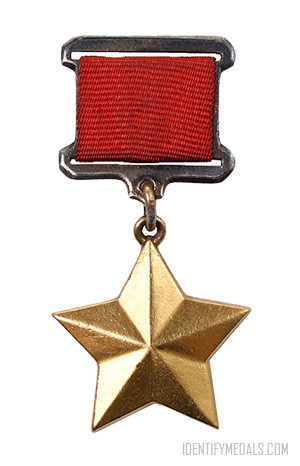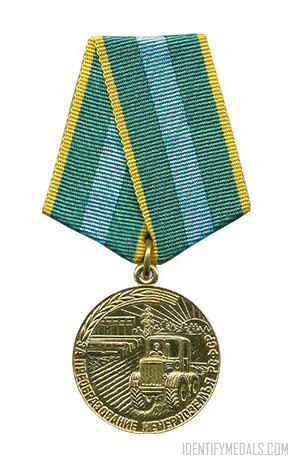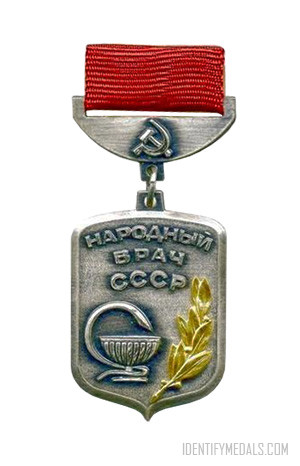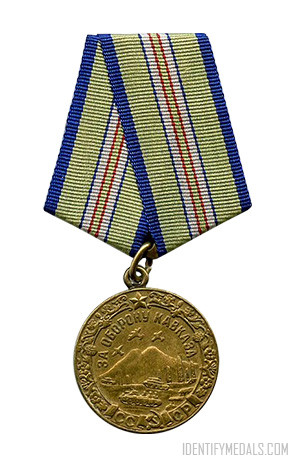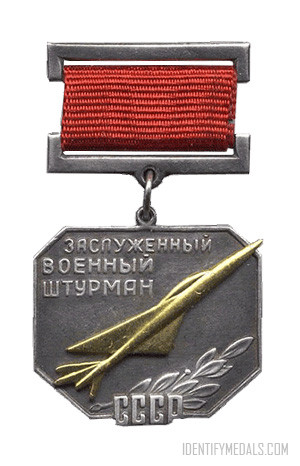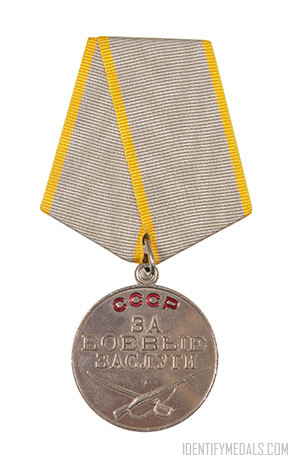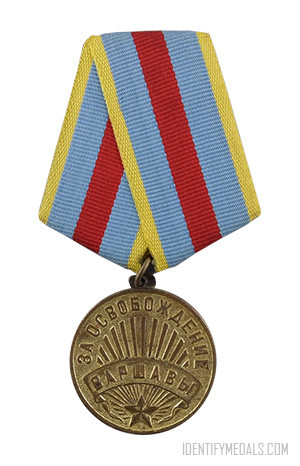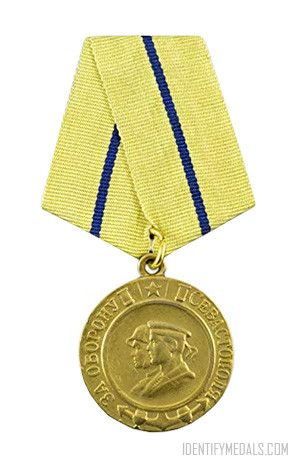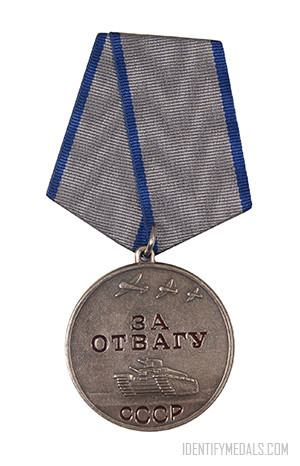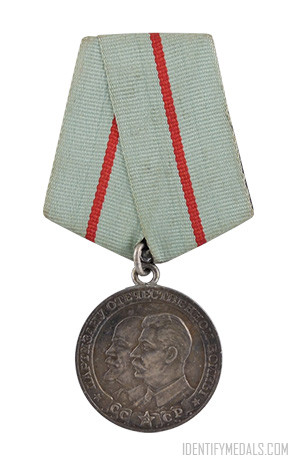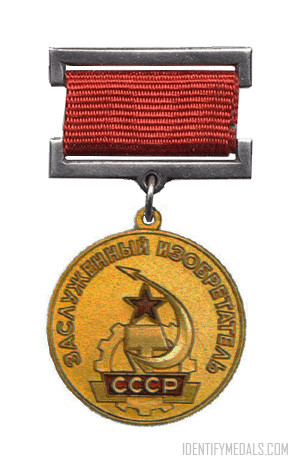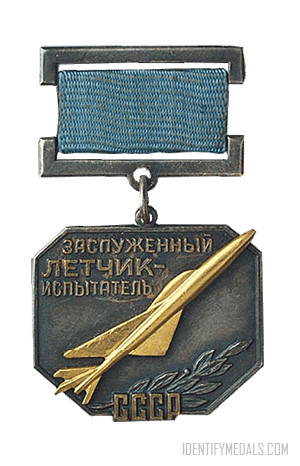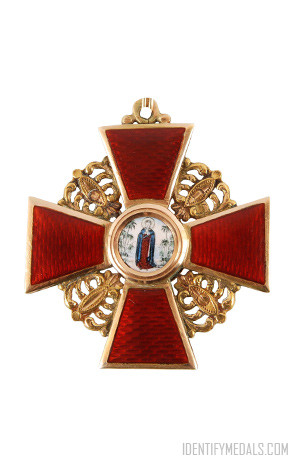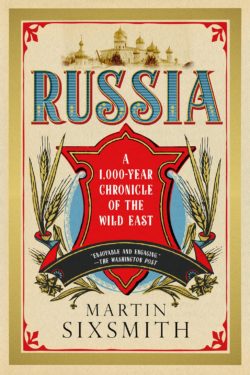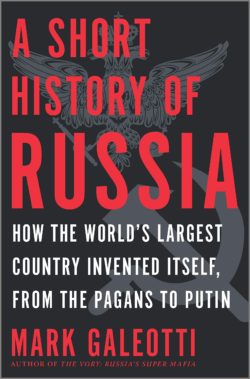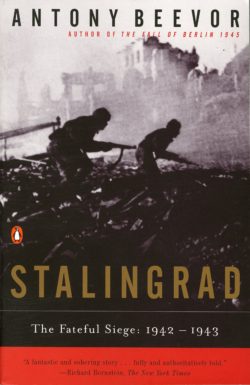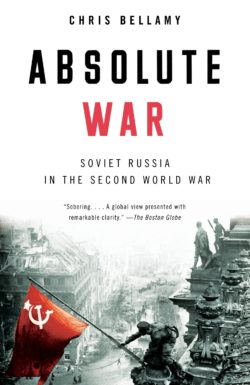- Time Period: Interwar Medals
- Year of Institution: 27 December 1938
- Country: Russia & USSR
The title Hero of the Soviet Union Medal (or Герой Советского Союза in Russian) was the highest distinction in the Soviet Union. It was established on April 16, 1934, by the Central Executive Committee of the Soviet Union and was awarded personally or collectively for heroic feats in service to the Soviet state and society.
The first recipients of the title originally received only the Order of Lenin, the highest Soviet award, along with a certificate describing the heroic deed from the Presidium of the Supreme Soviet of the USSR.
Those who received the award were entitled to special privileges, which included a pension with survivor benefits, first priority on the housing list with 50% rent reduction, tax exempt, an annual round-trip first class airline ticket, free bus transportation, and medical and entertainment benefits.
In total, during the existence of the USSR, the title of Hero of the Soviet Union was awarded to 12,777 people, including twice – 154 (9 posthumously), three times – 3 and four – 2. Ninety-five women were awarded the title. The title could also be given to foreigners. In total, forty-four foreign citizens were awarded with it.
The Hero of the Soviet Union title was also given posthumously, though often without the actual Gold Star medal given.
The Hero of the Soviet Union Medal Design
The medal is a gold star hanging from a rectangular suspension device. The medallion measures 32.5 mm in height including the eyelet, 30.3 mm in width; weighs 20.6 g not including the suspension and connecting link. The star is in 23 K gold; the suspension device is in gilded silver. It has a ribbon in the color(s) of the issuing state (red for the USSR, white/blue/red for the Russian Federation, blue/yellow for Ukraine, red/green for Belarus).
The Hero of the Soviet Union is worn on the left side of the chest above all other orders and medals.

